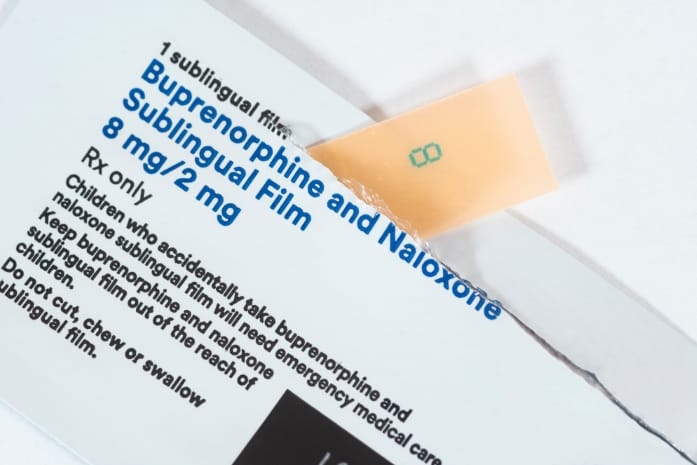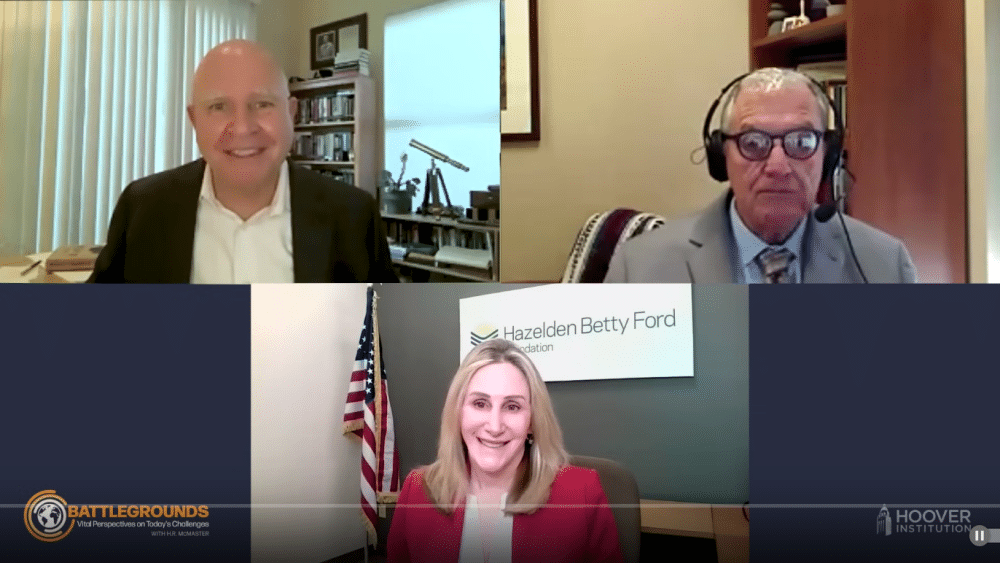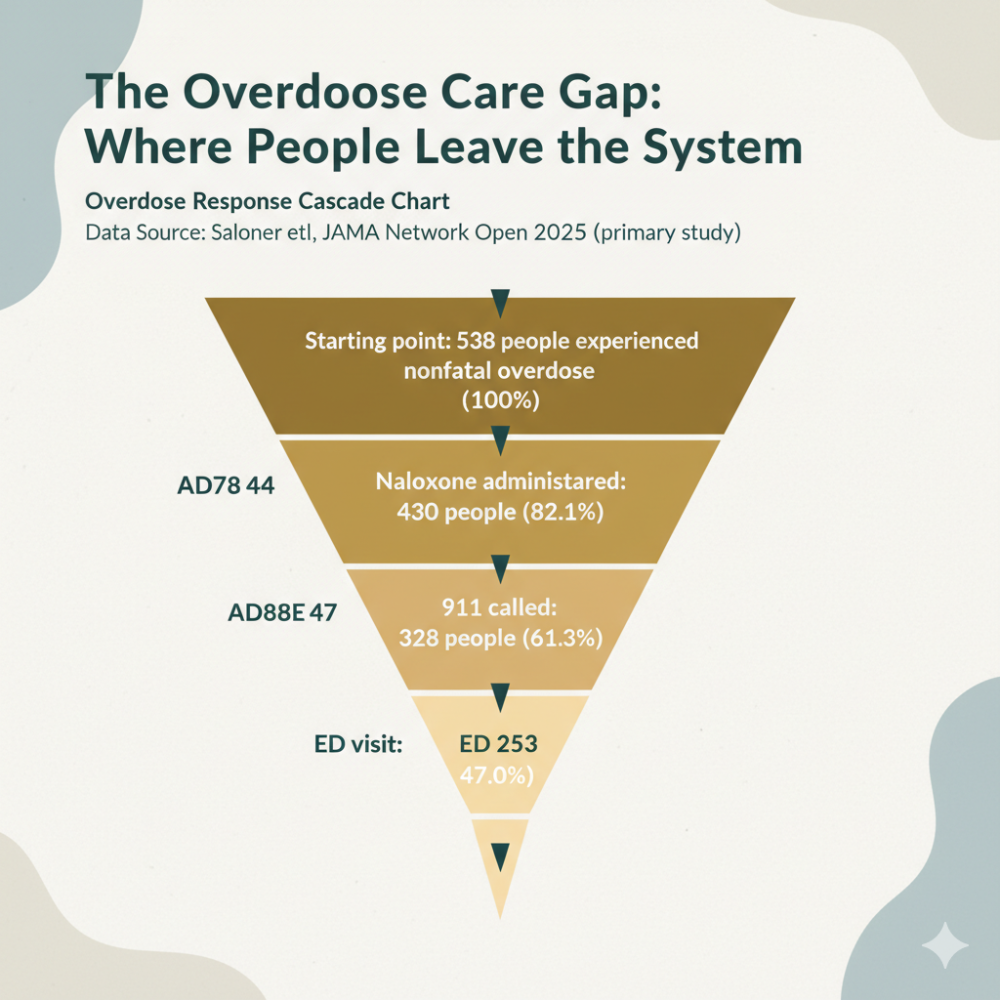In the ongoing battle against the opioid epidemic, a significant policy shift occurred in April 2024. The federal government relaxed rules around methadone, a crucial medication for treating opioid addiction. However, as reported by Karen Brown for New England Public Media, the implementation of these changes has been uneven across the United States.
The Promise of Increased Access
Methadone, often described as a “miracle drug” by addiction specialists like Dr. Ruth Potee, has been a cornerstone of opioid addiction treatment since the 1960s. The new rules, issued by the Substance Abuse and Mental Health Services Administration (SAMHSA), aim to make this life-saving medication more accessible by:
1. Allowing patients to take home multiple doses of methadone
2. Permitting counseling via telehealth
3. Giving providers more flexibility in prescribing individual doses
Dr. Yngvild Olsen, who directs substance abuse treatment for SAMHSA, noted that these changes were initially tested during the COVID-19 pandemic without negative consequences.
The Reality on the Ground
Despite the federal policy shift, many patients are still struggling to benefit from these changes. The reasons for this slow adoption include:
– Voluntary compliance: States can choose to keep stricter rules.
– Cultural inertia: Many clinics are slow to change long-standing practices.
– Liability concerns: Some providers worry about patient safety with less supervision.
– Financial uncertainties: Clinics are waiting to see how Medicaid reimbursement might change.
Voices from the Field
The article highlights several key figures in this ongoing discussion:
– **Kellyann Kaiser**: A recovering opioid user who has benefited from the new rules, emphasizing the positive impact on her daily life and recovery.
– **Dr. Ruth Potee**: An advocate for better addiction treatment who oversees Kaiser’s care and supports the new regulations.
– **Dr. Brian Hurley**: Head of the American Society for Addiction Medicine, working to help clinics adapt to the new patient-centered approach.
– **Mark Parrino**: President of the American Association for the Treatment of Opioid Dependence, who supports the changes but voices concerns about implementation.
Looking Ahead
While the new federal rules are a step forward, some argue they don’t go far enough. Senator Ed Markey is sponsoring legislation called the Modernizing Opioid Treatment Access Act (MOTAA), which would allow methadone to be prescribed by any board-certified addiction doctor and picked up at regular pharmacies.
Some information for this post comes from an article published via NPR here.
Evolving Treatment Approaches
While methadone has been a cornerstone of opioid addiction treatment for decades, newer treatment protocols are emerging that may offer advantages over long-term methadone use. These approaches often focus on individualized care, addressing the underlying causes of addiction, and providing comprehensive support for recovery.
One promising alternative is buprenorphine, which, like methadone, is an opioid agonist but with a lower risk of overdose and abuse.

Learn about Buprenorphine via DDG search results here.
Buprenorphine can be prescribed in office-based settings, making it more accessible for many patients. Some treatment protocols combine buprenorphine with naloxone (known as Suboxone) to further reduce the risk of misuse.
Other emerging approaches include:
1. Medication-assisted treatment (MAT) combined with cognitive behavioral therapy
2. Holistic treatment plans that address co-occurring mental health disorders
3. Gradual tapering protocols aimed at eventually achieving opioid abstinence
4. Novel pharmacological interventions targeting specific aspects of addiction
It’s important to note that the effectiveness of these newer protocols can vary depending on individual circumstances. What works best for one person may not be ideal for another, highlighting the need for personalized treatment plans.
The Importance of Support Networks
Regardless of the specific treatment protocol, having a strong support network is crucial for successful recovery. If you or a loved one is considering treatment options like buprenorphine, it’s essential to discuss these choices with:
1. Medical professionals: Consult with addiction specialists who can provide detailed information about different treatment options and their potential benefits and risks.
2. Support groups: Organizations like Narcotics Anonymous or SMART Recovery can offer peer support and shared experiences with various treatment approaches.
3. Family and friends: Open communication with trusted loved ones can provide emotional support and help in making informed decisions.
4. Therapists or counselors: Mental health professionals can offer guidance on how different treatments might align with your overall recovery goals.
5. Local addiction support services: Many communities have resources that can provide information about treatment options and access to care.
Remember, recovery is a journey, and what works best may change over time. Staying informed about evolving treatment options and maintaining open communication with your support network are key components of successful long-term recovery.
As the opioid crisis continues to impact communities across the nation, the evolution of treatment approaches, including methadone access policies, remains a critical area to watch. The coming months and years will reveal how these newer protocols and policy changes shape the landscape of addiction treatment, potentially opening doors to recovery for many more individuals struggling with opioid addiction.



